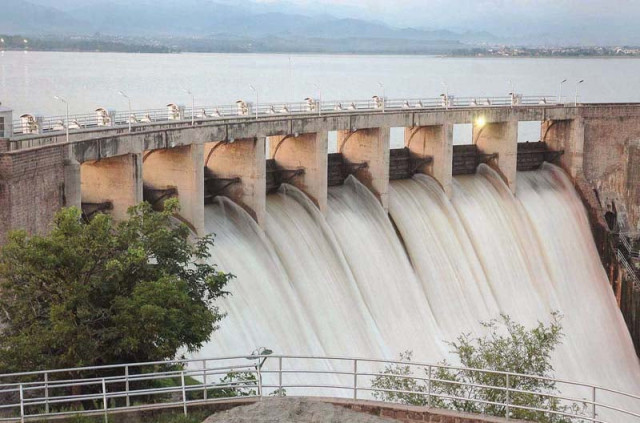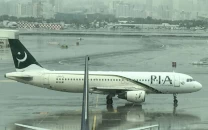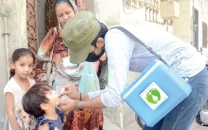Authorities step in to end fish mortality
CDA greenlights Rs6b sewage treatment plant at Rawal Dam after years of delay

After years of delay, the Capital Development Authority (CDA) has approved a project to establish a sewage treatment plant in the catchment areas of Rawal Dam to address the recurring issue of mass fish deaths in Rawal Dam.
The issue has been a persistent problem for the past seven years, particularly before the monsoon season.
The project has been allocated a total budget of Rs6 billion, with an initial release of Rs255 million.
The construction is expected to commence in October. The treatment plant will ensure that only fully treated water enters the dam, which is anticipated to resolve the annual fish mortality issue.
For years, large numbers of fish have been found dead along the banks of Rawal Dam, yet no single organisation has accepted responsibility for these mysterious deaths. Allegations of poisoning by fishermen have circulated, leading to police cases being registered at the Secretariat police station. However, no concrete evidence has been provided to substantiate these claims.
Various government bodies, including the CDA, Water and Sanitation Agency (WASA), Environmental Protection Department, Punjab Irrigation Department, and Small Dams Organisation, are involved in the management of Rawal Dam, but none have taken definitive action to prevent the fish deaths.
Residents around Rawal Dam believe that hunters use highly toxic bait during the fishing season, causing the fish to die and wash ashore, where they are then collected by the hunters. The dam administration reports that the dead fish primarily belong to species such as Rahu, China, Gulfam, Mohri, Silver, Bighead, and Sanghara.
The first recorded incident of mass fish deaths occurred in 2017, and the phenomenon has continued annually since then. Despite repeated denials from both government departments and hunters, the issue remains unresolved.
The Irrigation Department of Rawalpindi, responsible for the maintenance of Rawal Dam, refutes the poisoning allegations. Deputy Director of Fisheries, Dr Waqas Hameed, asserts that the deaths are not caused by poisoning but rather by an increase in hydrogen sulfide gas levels due to the influx of untreated sewage water into the dam. This gas reduces the oxygen levels in the water, making it difficult for fish to breathe and ultimately leading to their deaths. The dam's water is routinely monitored by the Pakistan Research Council for Water Resources, which conducts both visual and chemical testing. In response to the fish deaths, the Pakistan Environmental Protection Agency (EPA) has taken water samples from five locations within Rawal Dam for regular testing.
The EPA has recommended the establishment of a wastewater treatment plant to combat the increasing sewage water levels in Rawal Dam. Umar Farooq, Director of WASA, has also highlighted the high levels of silt and sewage water entering the dam, which contribute to the depletion of oxygen and the increase of hydrogen levels in the water.
He emphasised that the notion of water poisoning is a myth, and the real issue lies in the environmental conditions within the dam.
Rawal Lake, an artificial reservoir, was constructed in 1962 to meet the water needs of Rawalpindi and Islamabad. The lake, formed by the confluence of several small streams from the Margalla Hills, covers an area of 8.8 square kilometres and has a depth of 102 feet. The dam's catchment area spans 106.25 square miles, with a water storage capacity of 1,752 acre-feet.
Despite its critical role in supplying water to the region, the dam has faced ongoing challenges related to water quality and fish mortality, which the new sewage treatment project aims to address.


















COMMENTS
Comments are moderated and generally will be posted if they are on-topic and not abusive.
For more information, please see our Comments FAQ